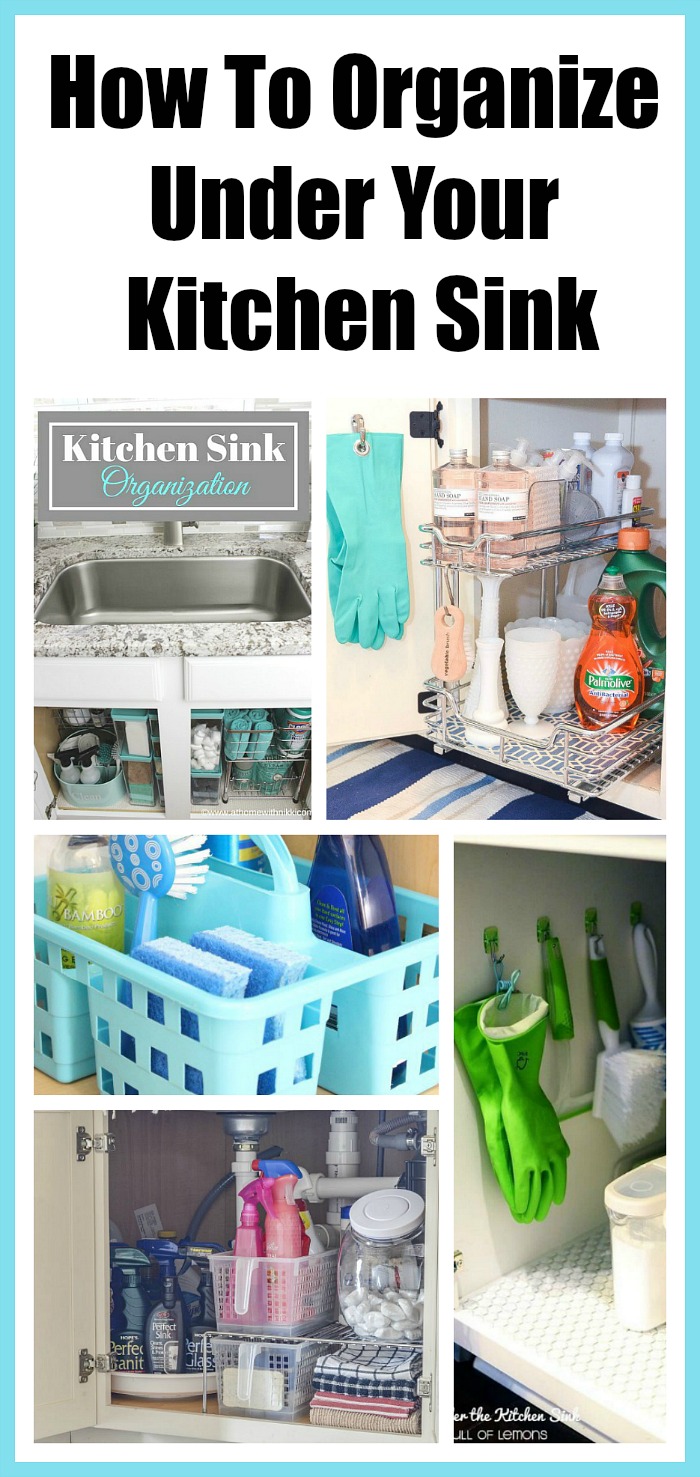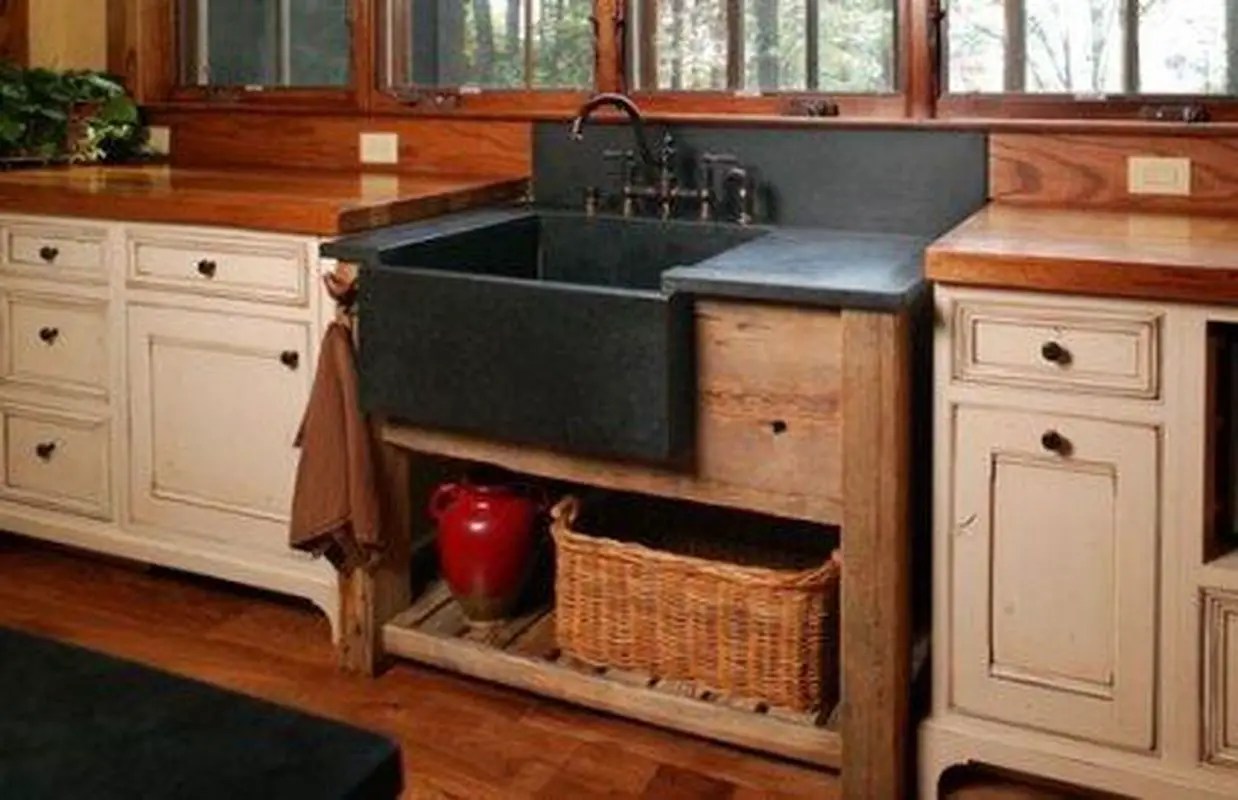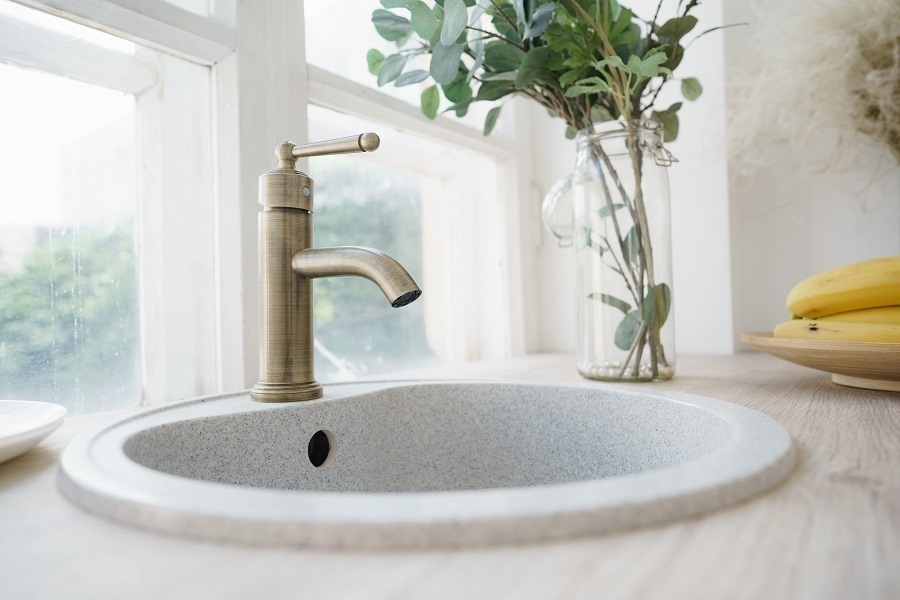Having a functional and efficient kitchen is essential for any homeowner. One decision you may be facing is whether or not to install a second sink in your kitchen. While it may seem like a luxurious addition, there are several factors to consider before making the investment. In this article, we will discuss the benefits of having a second sink, how to determine if you need one, and tips for maintaining it. Do I Need a Second Sink in My Kitchen?
One of the main benefits of having a second sink in your kitchen is the convenience it provides. If you have a large family or frequently entertain guests, having a second sink allows for multiple people to use the kitchen without getting in each other's way. This is especially helpful when preparing meals or cleaning up after a party. Another advantage of a second sink is the ability to designate one for specific tasks. For example, you can use one sink for food preparation and the other for washing dishes. This helps keep your kitchen organized and makes tasks more efficient.Benefits of Having a Second Sink in Your Kitchen
Before making the decision to install a second sink in your kitchen, there are a few factors you should consider. First, you need to assess the layout and size of your kitchen. A second sink may not be feasible if your kitchen is small and lacks counter space. However, if you have a large kitchen with ample counter space, a second sink can be a great addition. You also need to consider your budget and the overall cost of installing a second sink. This includes the cost of the sink, installation, and any additional plumbing work that may be required. It's important to factor in these costs to ensure it fits within your budget.Factors to Consider Before Installing a Second Sink
One way to determine if you need a second sink in your kitchen is to evaluate your daily tasks and routines. If you find yourself constantly waiting for one sink to be free or struggling to keep up with the dishes, a second sink may be beneficial for you. It's also helpful to think about how often you entertain and if a second sink would make meal preparation and clean up more efficient. Additionally, consider your cooking style and the types of meals you typically prepare. If you do a lot of cooking that requires multiple steps, a second sink can be a game-changer. It allows you to have one sink for washing vegetables and another for cleaning dishes or pots and pans.How to Determine if You Need a Second Sink in Your Kitchen
If you have a small kitchen, you may be concerned about losing counter space with a second sink. However, there are ways to maximize space and make the most of your second sink. One option is to install a smaller, bar-sized sink as your second sink. This allows for more counter space and can still be used for tasks like washing hands or filling up a pot with water. You can also consider installing a sink with a built-in cutting board or drying rack. This eliminates the need for additional counter space and provides a convenient and functional option for your second sink.Maximizing Space with a Second Sink in Your Kitchen
When it comes to second sinks, there are several options to choose from. The most common type is a traditional, undermount sink. This type of sink is installed underneath the counter for a seamless look and provides plenty of space for washing dishes. You can also opt for a farmhouse sink, which is a larger, apron-front sink that adds a touch of rustic charm to your kitchen. Another popular option is a double-bowl sink, which features two bowls of equal size for added convenience.Different Types of Second Sinks for Your Kitchen
The cost of installing a second sink in your kitchen can vary depending on several factors. The type of sink you choose, the complexity of the installation, and any additional plumbing work needed can all impact the overall cost. On average, you can expect to spend anywhere from $300 to $1,500 for a second sink installation. It's important to get quotes from multiple professionals and factor in the cost of the sink and any additional materials to ensure you are getting a fair price.Costs of Installing a Second Sink in Your Kitchen
As with any home improvement decision, there are pros and cons to having a second sink in your kitchen. Some of the pros include increased convenience, more efficient meal preparation and clean up, and the ability to designate one sink for specific tasks. However, some cons to consider are the cost of installation, the loss of counter space, and the added maintenance and cleaning of an additional sink.Pros and Cons of Having a Second Sink in Your Kitchen
To keep your second sink in top condition, there are a few tips to keep in mind. First, be sure to clean it regularly with a mild soap and water to prevent buildup and stains. You should also avoid using harsh chemicals or abrasive sponges that can scratch or damage the sink's surface. Additionally, be mindful of what you put down the drain to prevent clogs. This is especially important if you have a garbage disposal in your second sink. Lastly, be sure to fix any leaks or plumbing issues promptly to avoid further damage.Tips for Maintaining a Second Sink in Your Kitchen
If a second sink is not feasible or within your budget, there are alternatives that can provide similar benefits. Consider installing a larger, single-bowl sink to allow for more space and designate one side for food prep and the other for dishes. You can also invest in a portable dish rack or drying mat to free up counter space when doing dishes. And for those who frequently entertain, a bar cart or rolling island can provide extra space for food preparation and cleanup.Alternatives to a Second Sink in Your Kitchen
Why a Second Sink Can Be a Valuable Addition to Your Kitchen

Efficiency and Convenience
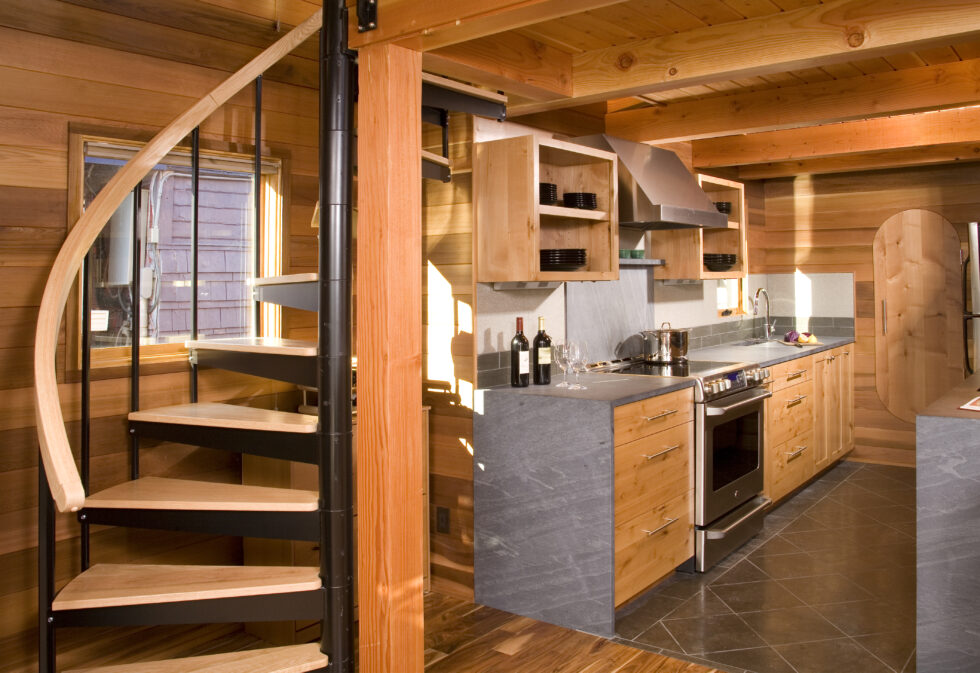
When it comes to designing a functional and efficient kitchen, having a second sink can make all the difference. While the main sink is typically used for washing dishes and food preparation, a second sink can be utilized for various tasks such as cleaning fruits and vegetables, filling pots with water, or even serving as a designated handwashing station. This not only saves time and prevents overcrowding at the main sink, but also allows multiple people to work in the kitchen simultaneously without getting in each other's way.
Separation of Tasks
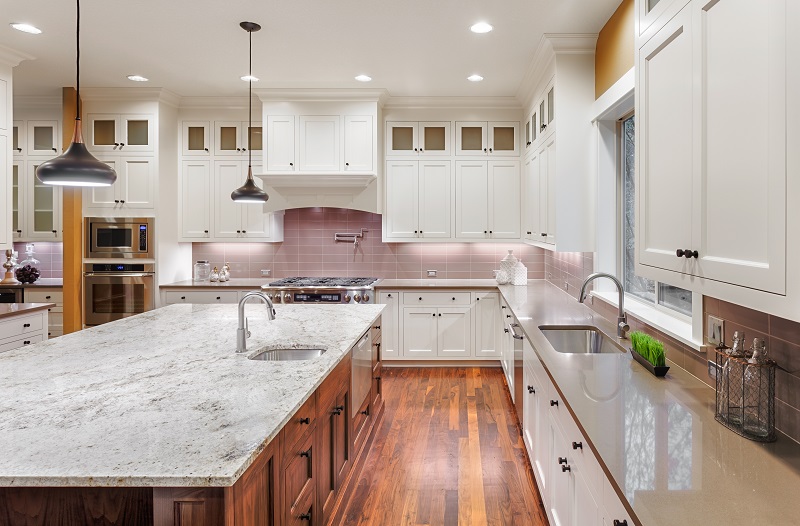
Having a second sink in the kitchen also allows for better organization and separation of tasks. For example, if you have a large family or often entertain guests, the second sink can be used for washing hands while the main sink is being used for food preparation. This helps to maintain cleanliness and hygiene in the kitchen while also keeping the workflow smooth and efficient.
Added Value to Your Home
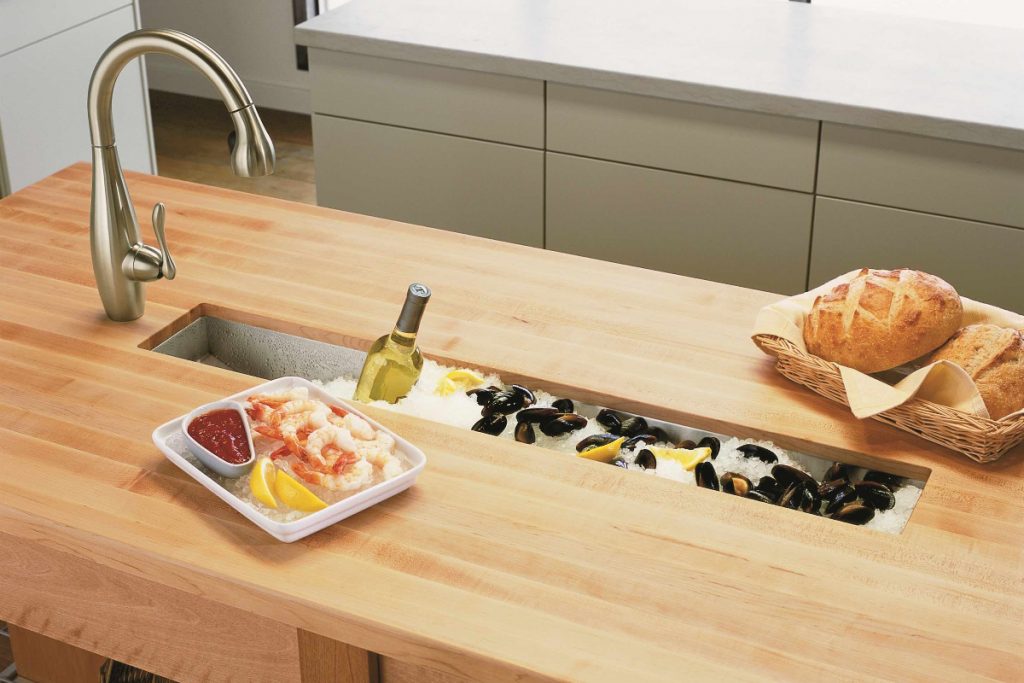
Not only does a second sink provide practical benefits, but it can also add value to your home. In today's fast-paced world, where time is of the essence, having a second sink in the kitchen is seen as a desirable feature for potential buyers. It shows that the kitchen was designed with functionality and convenience in mind, making it a valuable selling point for your home.
In conclusion, while a second sink may not be a necessity for every kitchen, it can certainly bring many advantages and enhance the overall design and functionality of your kitchen. From efficiency and convenience to organization and added value, a second sink is definitely worth considering when designing your dream kitchen.





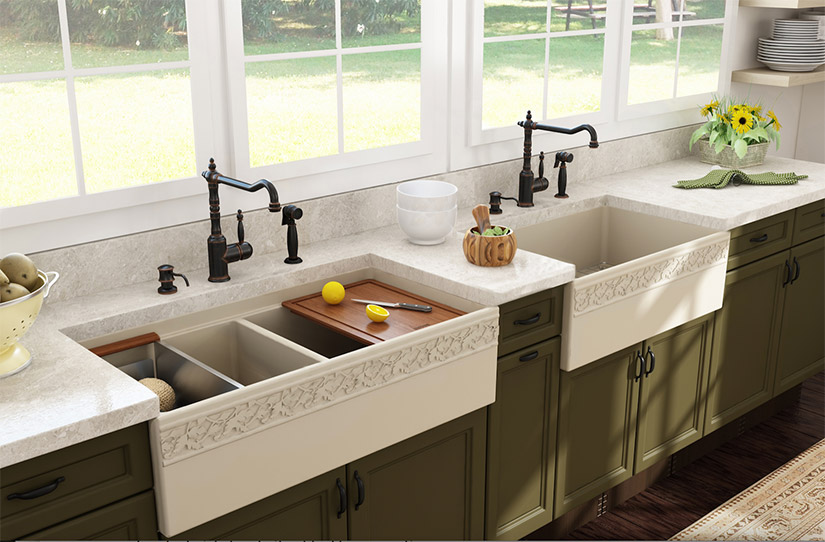
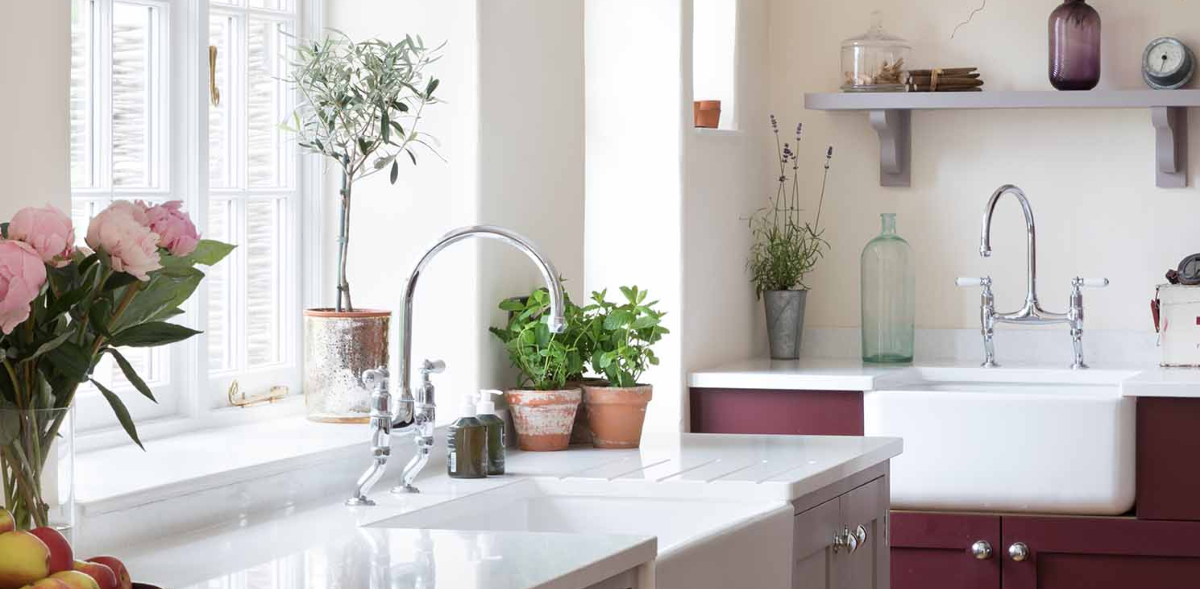
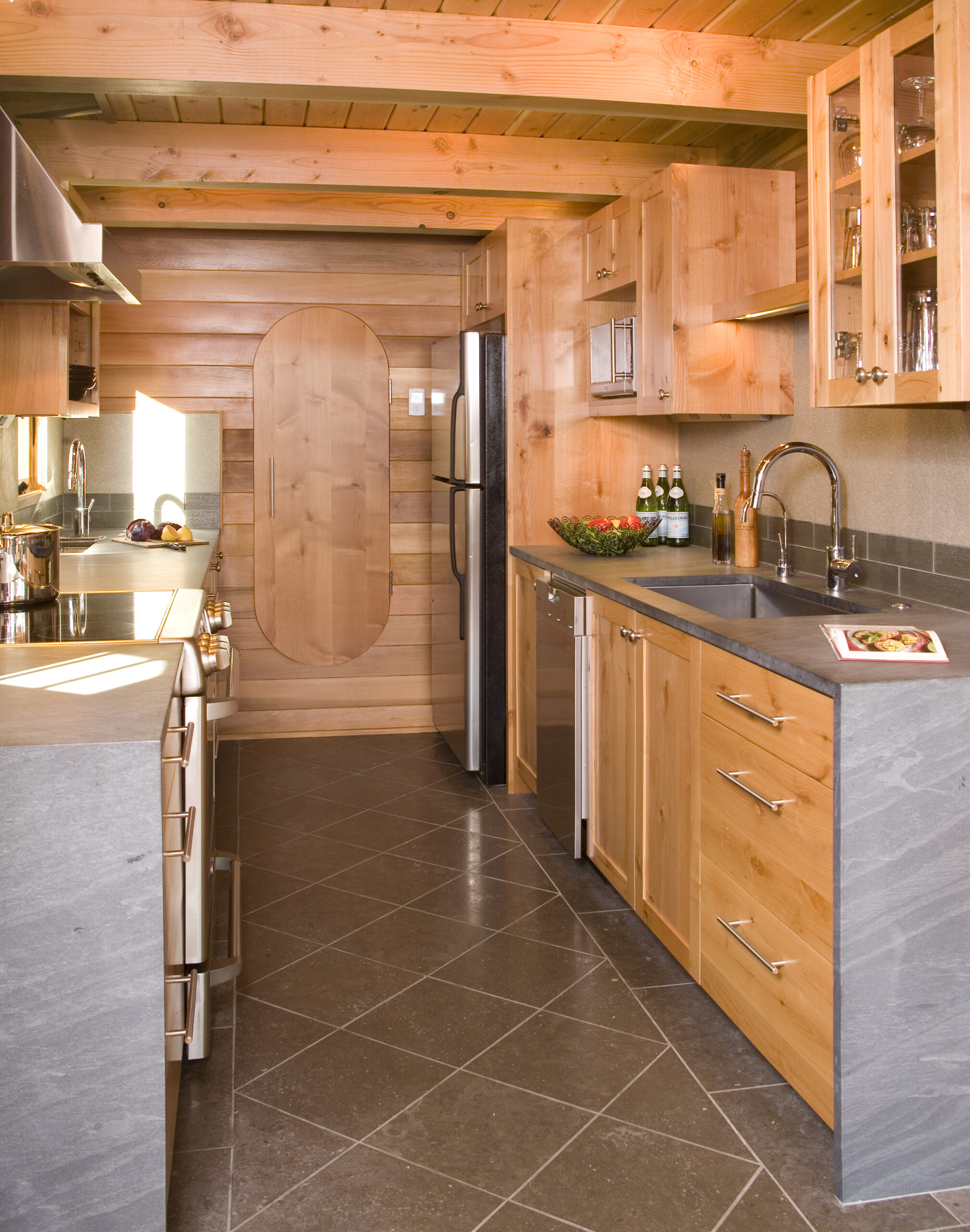

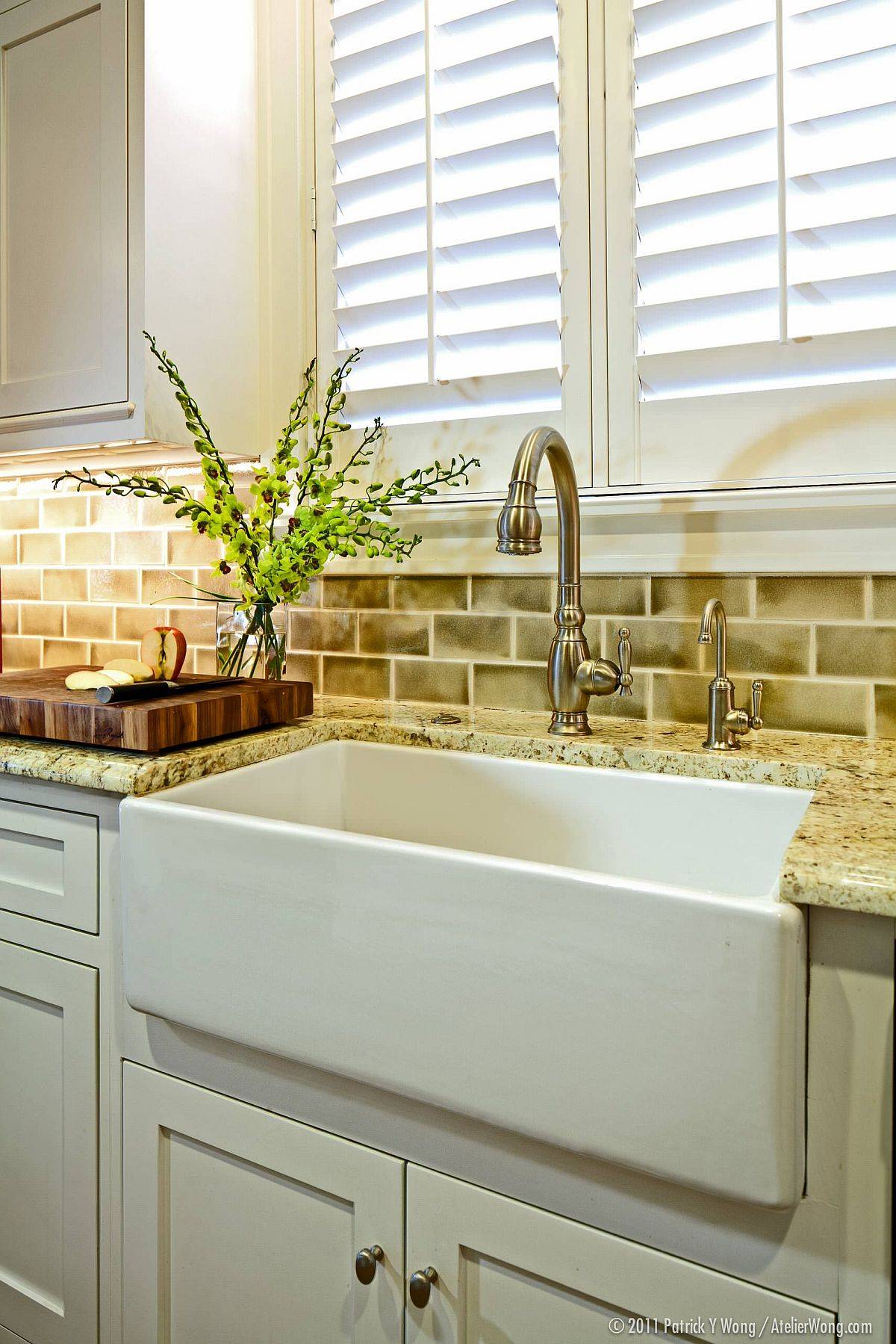

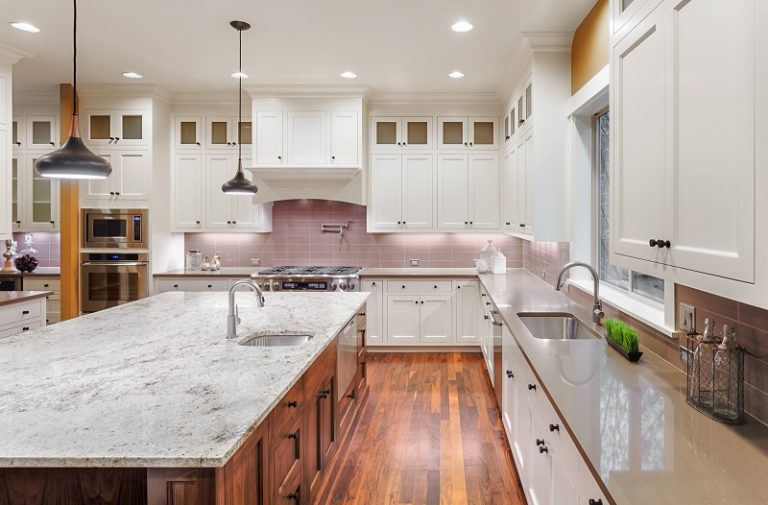






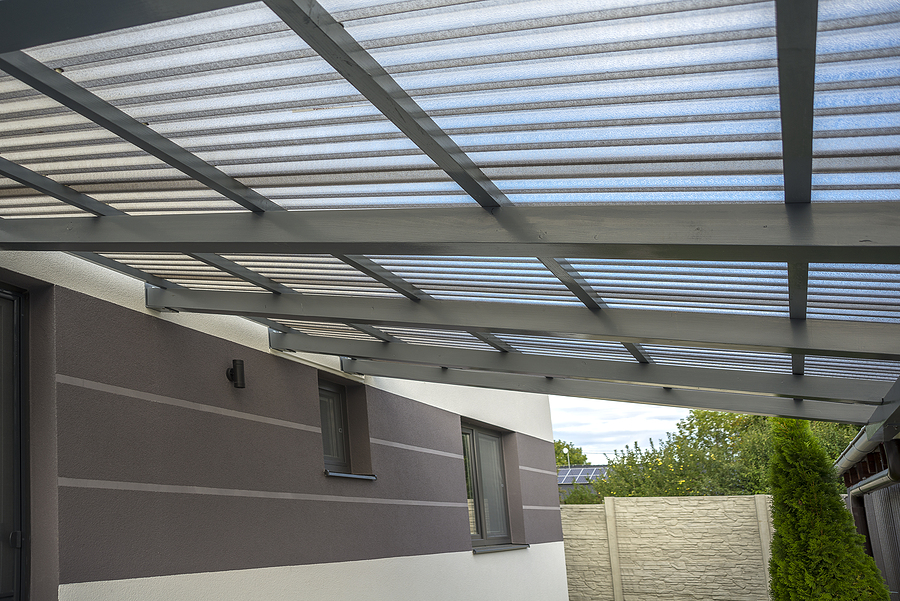







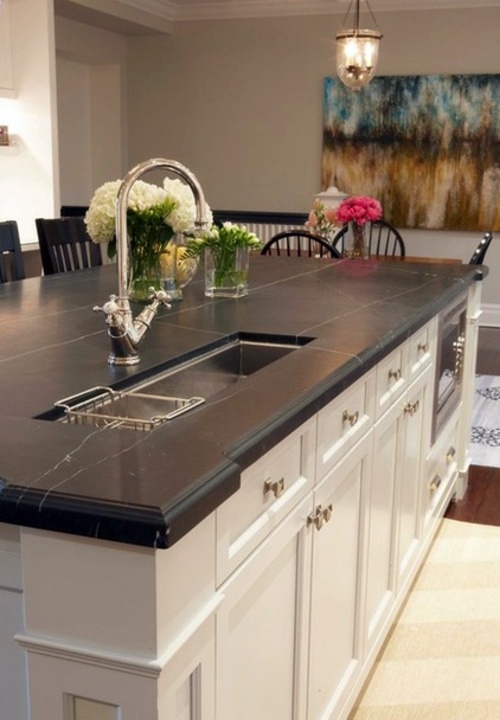

















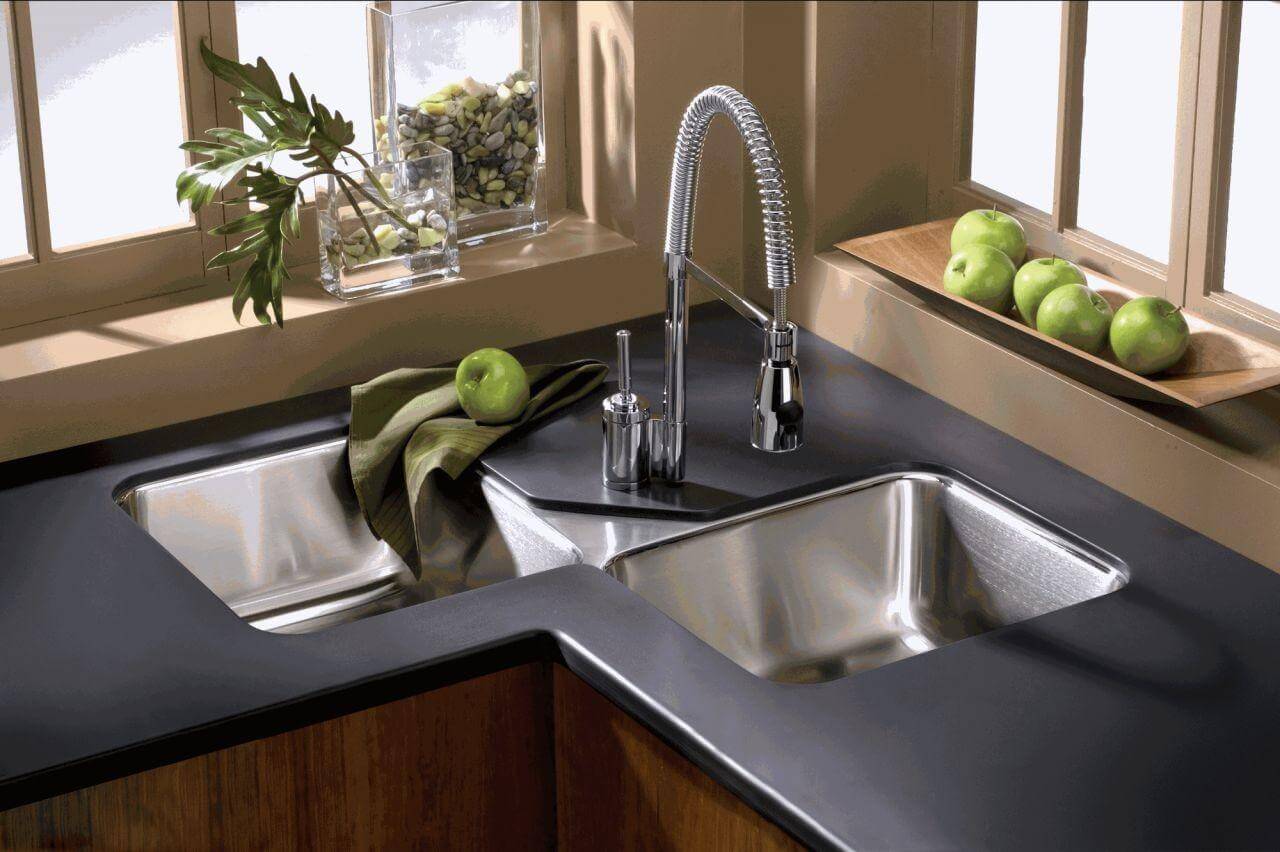
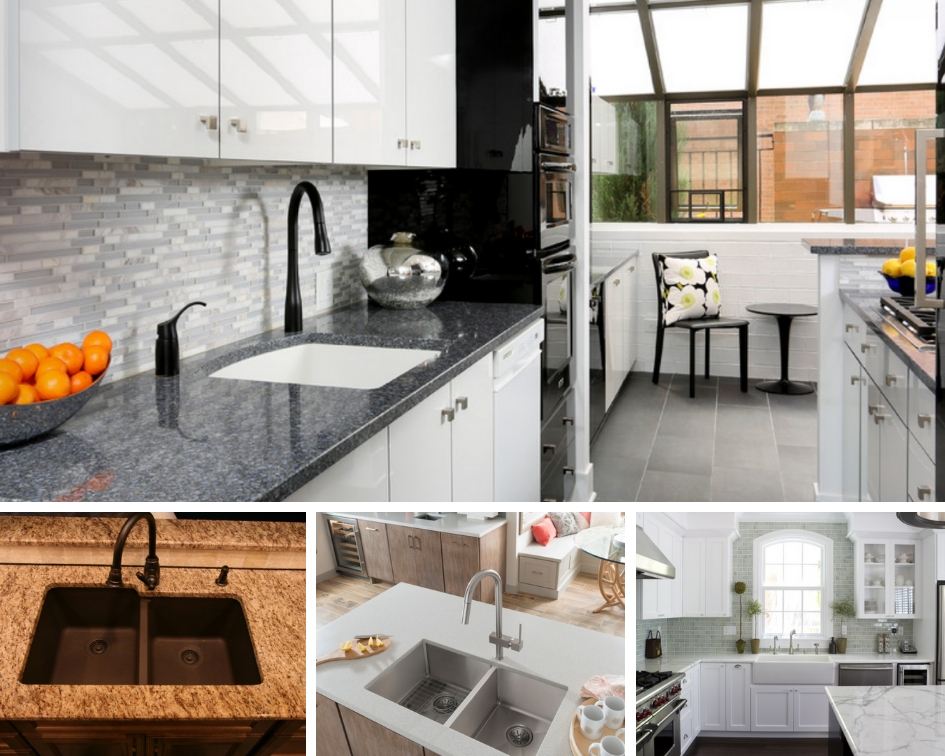
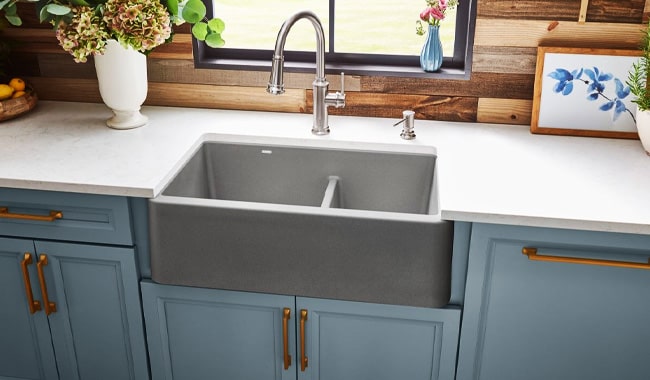

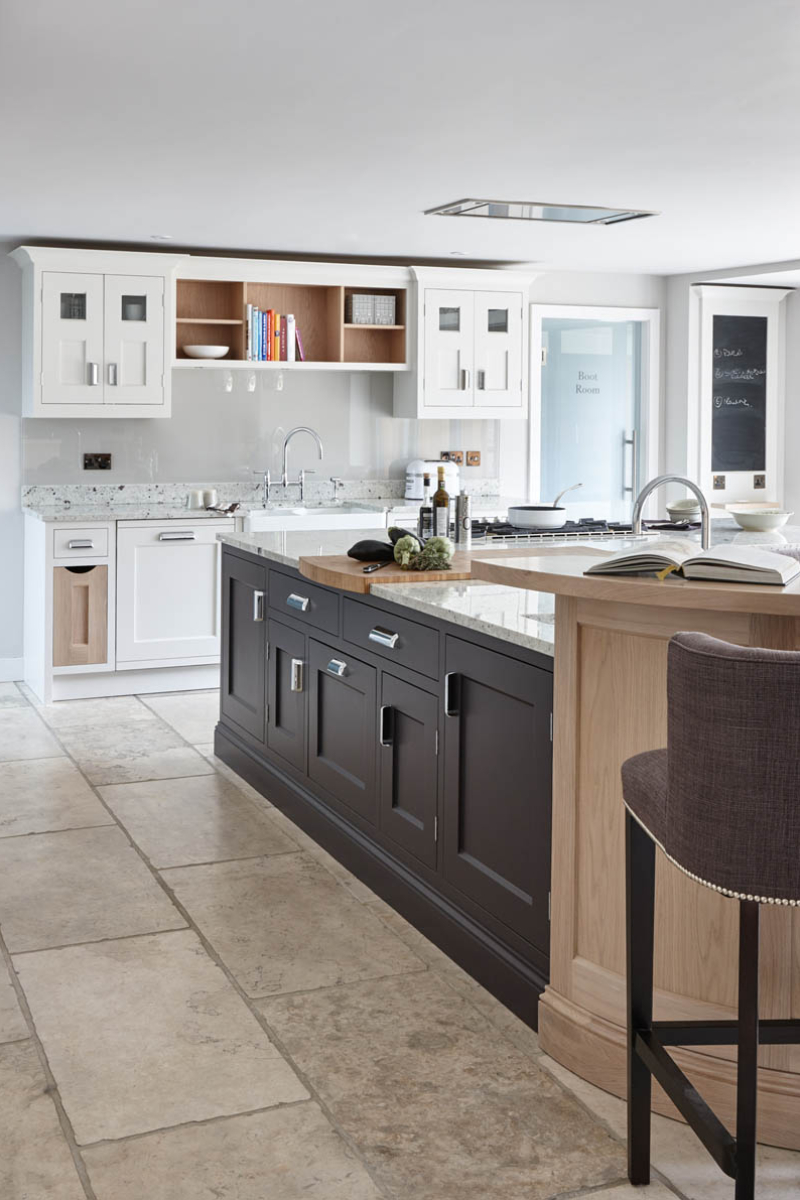

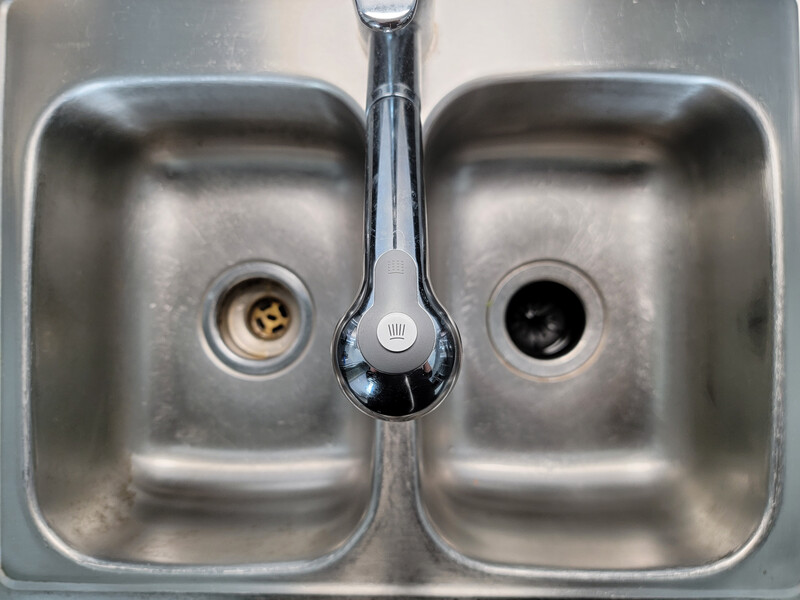

:max_bytes(150000):strip_icc()/GettyImages-169941530-5a85d1ae6bf06900372bffd0.jpg)


:max_bytes(150000):strip_icc()/Basic-kitchen-sink-types-1821207_color_rev-0b539306b9ef4236a136624ad2a89a4c.jpg)
:max_bytes(150000):strip_icc()/CornerKitchenSink-5a79dc0d8e1b6e00373b9cf2.jpg)
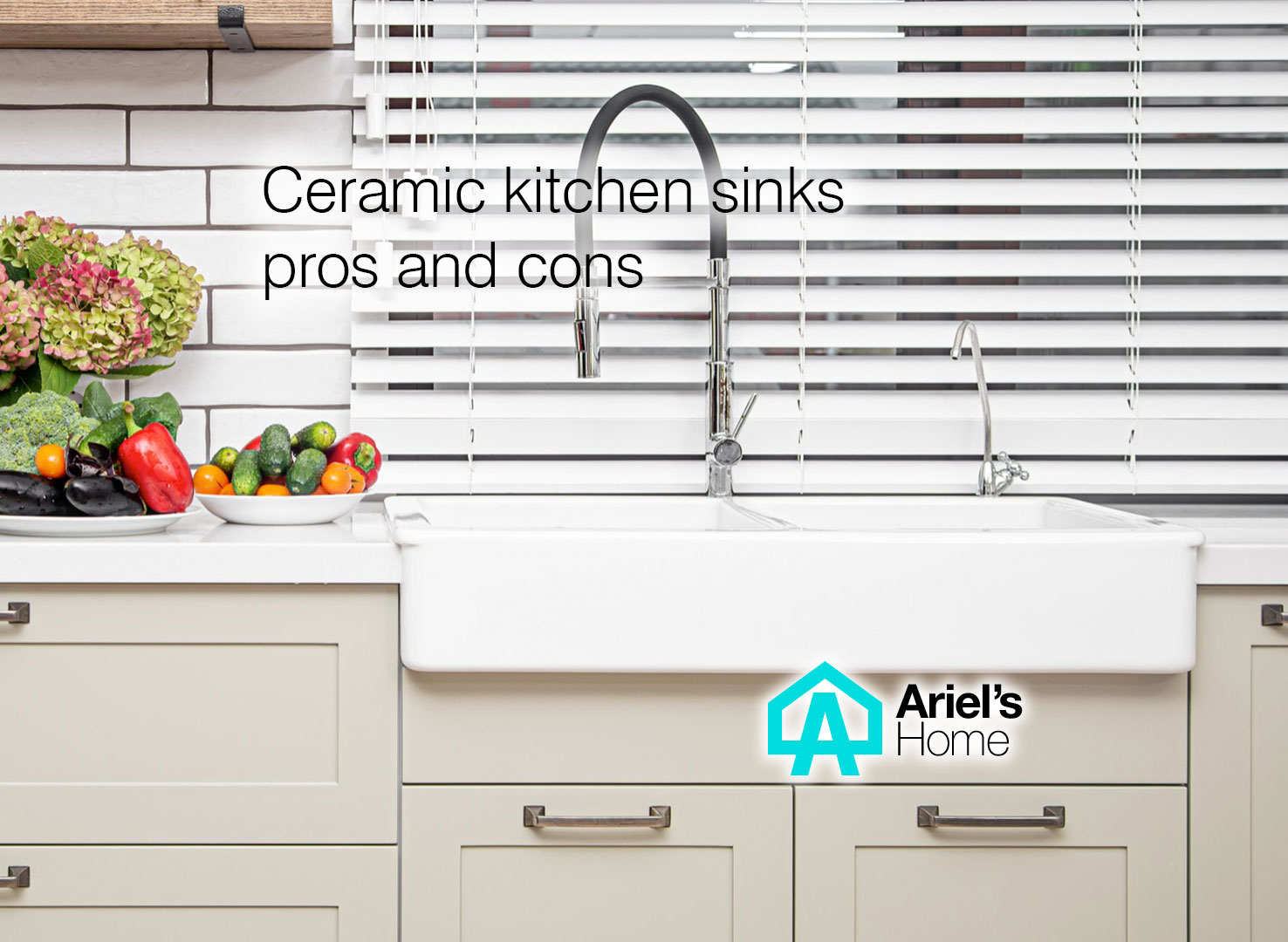
:max_bytes(150000):strip_icc()/kitchendoubleBasinsink-GettyImages-1098390260-420372a617b748d8a06491e6ad82d107.jpg)
:max_bytes(150000):strip_icc()/Low-DivideKitchenSink-5a763707119fa8003735e84a.jpg)
:max_bytes(150000):strip_icc()/GettyImages-174841379-5a85d100ba61770036d9f06c.jpg)

